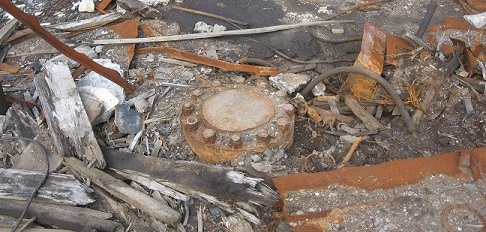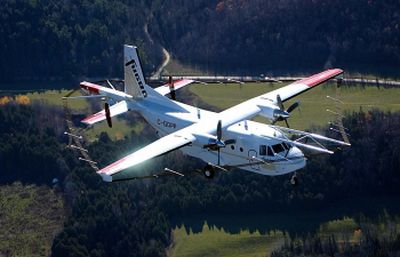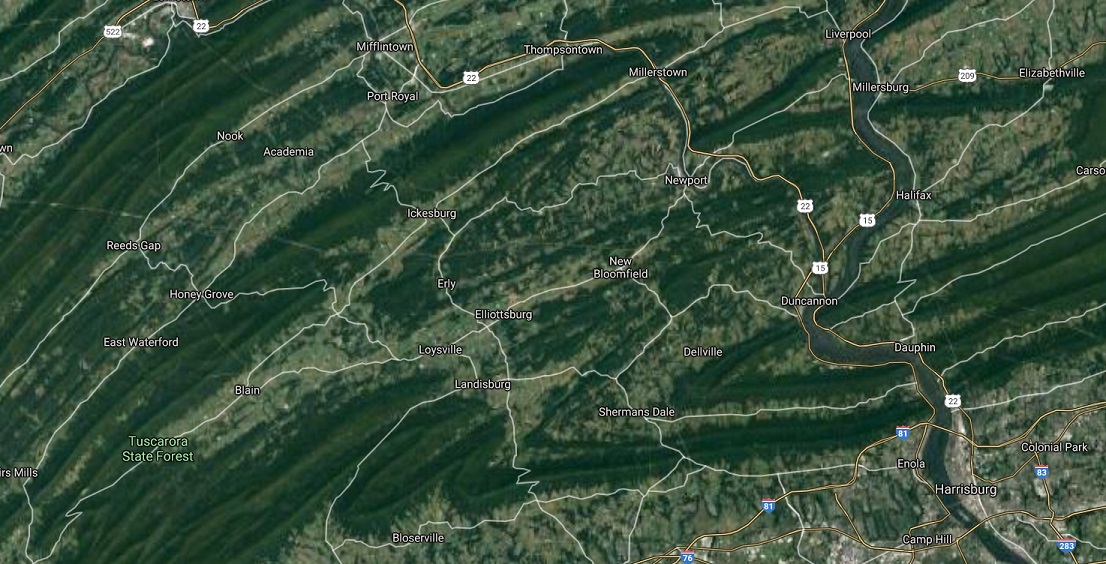Typical configuration of an on-land oil well drilling derrick.
This is the simplest method in theory, but it is limited in its practical application because of problems with pressure, weight, time, and cost. Drilling rigs can be as small as a device mounted on the back of a truck and as large as stationary rigs tens of metres high and capable of drilling many kilometres into the earth. In the case of a large oil drilling rig (see diagram to the right), a long, hollow pipe with a drill bit on the end is rotated and pushed into the earth. The pipe is hollow so that a liquid mud can be pumped down the inside of the pipe to lubricate the drill bit and carry up debris created by the drill bit as it chews up the rock as it flows back up the outside of the pipe. The density of this mud is carefully controlled so that its weight counteracts the pressure of any fluids trapped in the rocks below and prevents them from explosively shooting out of the drill hole. A heavy valve called a blowout preventer can close off the flow of material up the well if pressure underground overcomes the drilling mud. The well is lined with concrete (called casing) near the surface early in the process for extra reinforcement and to keep loose soil from falling down into the well. For a more detailed description, check out this Kansas Geological Survey primer. Wikipedia has a good description of different drilling methods, too.
The drill pipe (also called the "string") is made up of 10 metre sections that are screwed together. The drill bit is at the bottom of this string. The top-most pipe, called the drive pipe or Kelly pipe, has a polygonal cross-section so that a matching collar attached to the derrick motor can turn it more effectively. More pipes are screwed onto the top of the string as the drill bit goes deeper. As each pipe is added, the Kelly at the top must be unscrewed from the pipe below it, the new pipe added, then the Kelly pipe screwed back on to the top of the new pipe. Wells can be as much as several kilometres long (they are not necessarily vertical), so hundreds of 10 m pipes must be used. Eventually, the weight of all of these pipes becomes too heavy to turn and so heavy that they will break under their own weight. Very deep wells often use more expensive drill bits that are turned by a turbine which is powered by the flow of the drilling mud down the inside of the pipe string so that the pipe itself does not need to rotate.
The drill bits get dull pretty fast, depending on the type of rock being drilled through. As they become less effective, they must be changed. This involves pulling out all of the pipes in the string and stacking them up until the last one is brought up with the drill bit. Small derricks must do this one pipe at a time, while larger (taller) derricks can pull out pipes in twos, threes, or fours. No matter which, it is a long, tedious process to pull up a pipe string then lower it back down again.
This youtube video shows the process of adding a new pipe to the top of the stack. The pipe string is hauled up until the base of the Kelly pipe is exposed. The pipe string is wedged in place so it does not fall back into the hole. The Kelly pipe is unscrewed from the pipe below using two large pipe wrenches. The Kelly pipe is then screwed into another pipe that is waiting in a recessed hole to one side. This is then lifted up and screwed into the pipe that is wedged in at the top of the string (using the same two wrenches). Then the wedge is removed and the pipe string is lowered back into place so the Kelly drive can start rotating the pipe string again. After this, one of the derrick crew can be seen preparing the next pipe to be added to the string.





